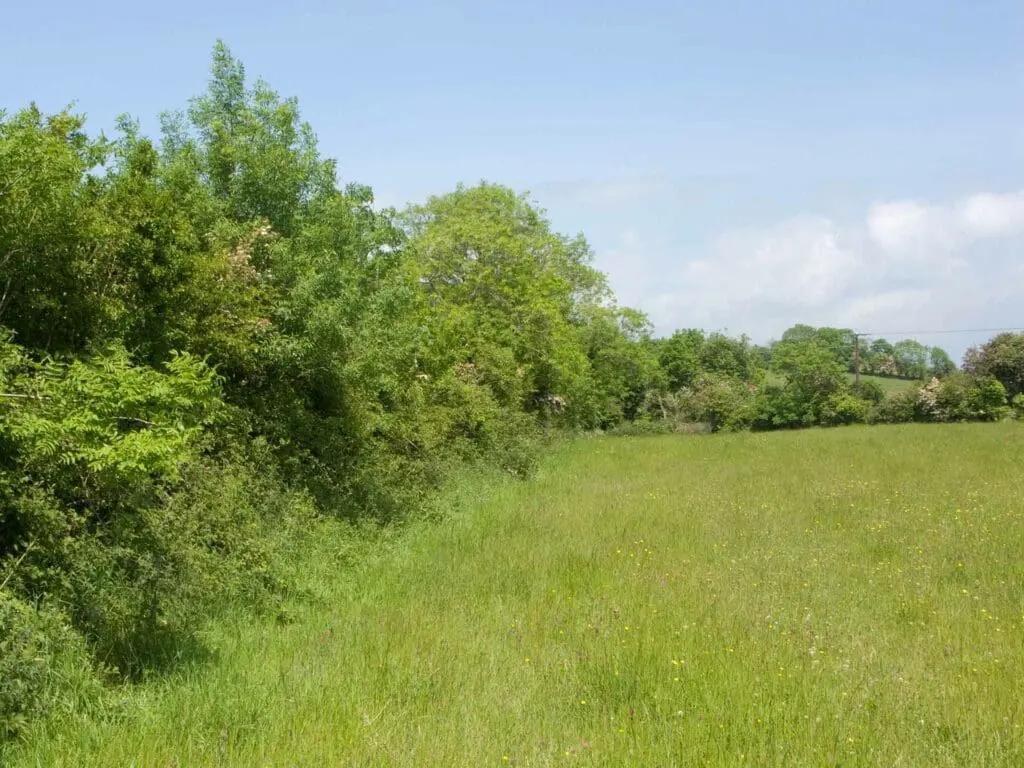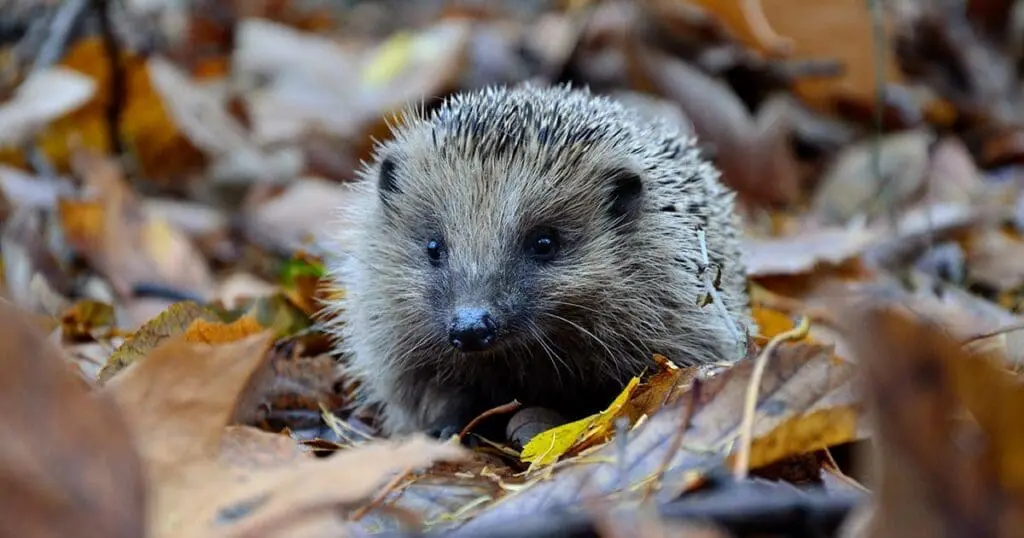To conserve: Protect (something, especially something of environmental or cultural importance) from harm or destruction. (Oxford English Dictionary)
Habitats are in a constant state of change through naturally occurring dynamics and human influence. But while natural change can be managed by the earth’s ecosystems, that which is imposed by humans often has devastating or irreversible effects on the environment.
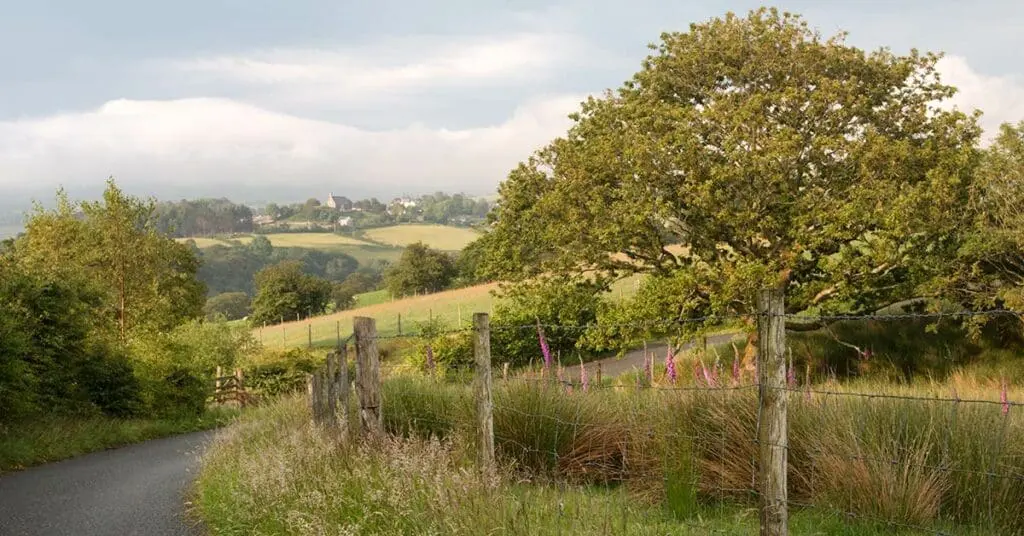
As species are lost and landscapes destroyed, growing numbers of people look for ways to conserve our existing resources and reverse the trend. One of these solutions lies in practical action by volunteers and community groups.
There are three main reasons why we conserve:
- To repair some of the damage done by humans and maintain the environment for future generations
- To maintain species diversity for our benefit and that of wildlife
- To provide opportunities for education and the enjoyment of the environment
Conservation – responding to man’s influence – history
Today’s landscape is the result of thousands of years of interaction by people in the natural process of succession, starting with Neolithic (4000BC) clearances of the wildwood that covered most of the country. The total forest cover had probably halved by the Iron Age (500BC) and covered about 15% of the UK landscape at the time of the Domesday Book (1086). This fell to only 5% at the turn of the 20th century and is now about 13% of the land surface.
The cleared land was settled on and farmed, varying from arable and permanent pasture on high quality land, to rough grazing or hunting on land which could not be cultivated because of waterlogging, thin soils and low fertility. Plants and animals displaced by the loss of wildwood found refuge in managed woods, hedges and ‘wasteland’.
An agricultural revolution

The major reason for habitat loss is the increase in intensive agricultural production and the move from mixed farming to permanent arable rotations, particularly over the past 50 years.
Larger machinery, sophisticated agrochemicals, improved cereal strains and public subsidies have enabled farmers to increase production and bring marginal areas of land into arable production.
Pesticides and powerful artificial fertilizers enter soil systems and are washed into waterways. They deplete the countryside of the plants and animals at the base of complex food webs, reducing numbers of both species and individuals, which has cumulative effects in the food chain.
Semi-natural habitats have also declined through the effects of commercial plantation forestry and the growth in population leading to the development of housing, industry and roads.
Habitat and species loss *
- Between 1947 and the 1990s, 121,000 km of hedgerows was lost across the UK. About 450,000km remain – 190,000 is considered ancient or species-rich.
- 97% of hay meadows have been ploughed, reseeded and fertilized to produce areas of just one or two grass species – since the war!
- Half of the ponds in lowland England have been lost. 80% of those that remain are in poor condition.
- 72% of butterfly species decreased between 2001 and 2011, including common “garden” butterflies that had declined by 24%.
- The UK has lost in the region of 44 million breeding birds since the late 1960s (The state of the UK’s birds (2012)).
- The area of lowland meadow in England and Wales declined by 97% between the 1930s and 1984– a total loss of 64,000 sq km.
- The area of coppiced woodland fell by at least 90% from 1900 to 1970.
- An estimated 80% of all the UK’s lowland heathland has been lost since 1800.
- 94% of Britain’s lowland raised mires were destroyed between 1800 and 1978. Most of those remaining have been damaged.
- 44% of Scotland’s internationally important blanket peat bog was lost to afforestation and drainage from the 1940s to the 1980s.
* Sources include State of Nature 2013, Wildlife Trusts and Freshwater Habitats Trust
Conservation for wildlife
Species diversity
Habitats need conserving to retain the diversity of plant, bird, mammal and insect populations. So much specialised habitat has been lost that prime examples must now be protected as nature reserves and new areas created with ideal conditions to encourage colonisation.
Practical conservation has a large part to play. For example, the management of ancient woodland by coppicing lets in light which encourages an abundance of ground flora. It also provides 29 species of butterfly with the open sunny rides and glades they need to feed and breed in.
The clearance of scrub from chalk downland protects the diversity of ground flora originally created by low soil fertility and sheep and rabbit grazing. Over 40 species per square metre have been recorded.
The protection of particular habitats is vital for the survival of those rare species that rely on them. Lowland heath is essential for the Dartford warbler, the sand lizard and smooth snake.
Conservation for heritage
Tradition
Sometimes the oldest ways are the best for conservation, as well as keeping a link with the past. The traditional techniques of hedgelaying, dry stone walling and coppicing are often the most sensitive way of creating conditions for species to thrive in. Whilst they may be labour intensive, the involvement of people minimises the amount of damage to surrounding habitats.
Interpretation
The distribution of species and habitats within the landscape often provide important clues to past land use, particularly when combined with archive records and archaeology.
Indicator species such as the wild service tree, woodland hawthorn, small leaved lime and oxlip in hedgerows can indicate remnants of ancient woodland. Sinuous hedgerows reveal medieval plough lines, whilst the number of species in a hedgerow can help to date it.
Pollarded trees are often signs of old boundaries or the remains of wood pasture. Very small irregular-shaped fields enclosed by dry stone walls of massive boulders can indicate Celtic origin.
Conservation for people
Health and wellbeing
Over 80% of the UK’s population lives in cities – which by the year 2000 will cover 11% of our land. Studies within urban areas have shown that people associate green spaces and wild areas with feelings of personal wellbeing, security, freedom and an escape from stress. Children are more creative at play in informal green space.
Direct links have been made between psychological wellbeing and the presence of wild areas, while depression corresponds to deprived areas.
Physical health can also be improved. Trees, which can filter out air pollution and improve air quality are important for health, particularly in urban areas.
Many doctors and botanists argue that no species should be allowed to die out because of their potential medical value. The heart treatement drug digitalis was developed from a herbal remedy containing the common foxglove (Digitalis purpurea). It is possible there is a natural antidote to the common cold growing in our woods!
Recreation
The network of 140,000 miles of public rights of way in the UK offers people access to the natural environment. The 15 national parks receive over 70 million visits a year. The creation of community woodlands, the opening up of nature reserves and an increasing number of country parks reflect the public desire to enjoy the great outdoors.
To support this exodus into natural habitats, footpaths and bridleways must be maintained both to provide access and protect the local wildlife and their habitats.
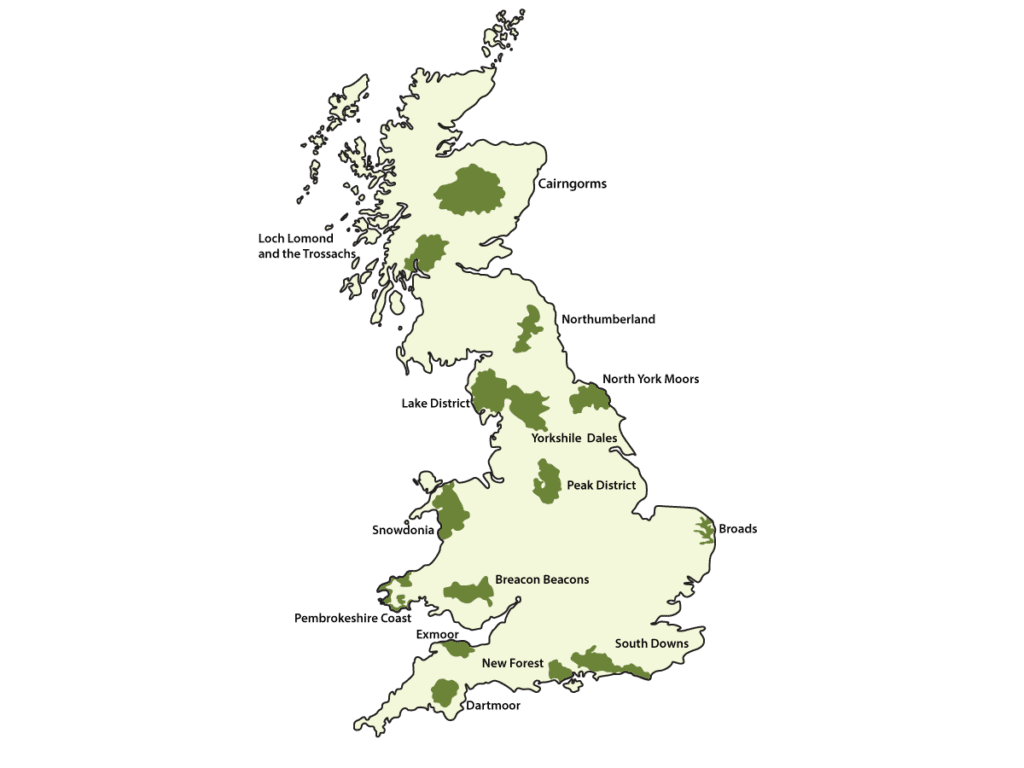
Personal action
Practical conservation gives people the chance to ‘do their bit’. Delegates at the Rio Earth Summit recognised that local communities should be given the power to develop and organise their own answers to global environmental problems such as species loss and deforestation. And to address sustainable development issues, including housing, jobs and transport links at a local level.
Education
The conservation of wildlife and their habitats, and access to them, is of immense educational value. It is vital that younger people are educated in the importance of protecting wildlife. Emphasis on environmental issues is an integral part of the national curriculum and conservation makes a direct link between paractical action and theory.
Living outdoor classrooms of well managed diverse habitats, woodlands and landscapes are more valuable than any text book and leave lasting impressions on young minds.
Cash for conservation
Economics
In the past, conservation was seen as a hindrance to development and so was not considered economically viable. However, there is now greater acceptance that the cost of losing species and their habitats is too high a price to pay and investment in their protection must be made.
New incentives to protect certain areas and consider their wildlife value make conservation an economically viable option in some cases. In addition, tourism based on people wishing to visit areas of outstanding landscape and ‘natural’ beauty, can also generate large amounts of cash and new jobs.
Good conservation management can also bring returns on a smaller scale. For example, a neglected lowland broadleaved woodland has an estimated standing timber value of £450 per hectare, but a mature stand of managed broadleaved timber could be worth a lot more!
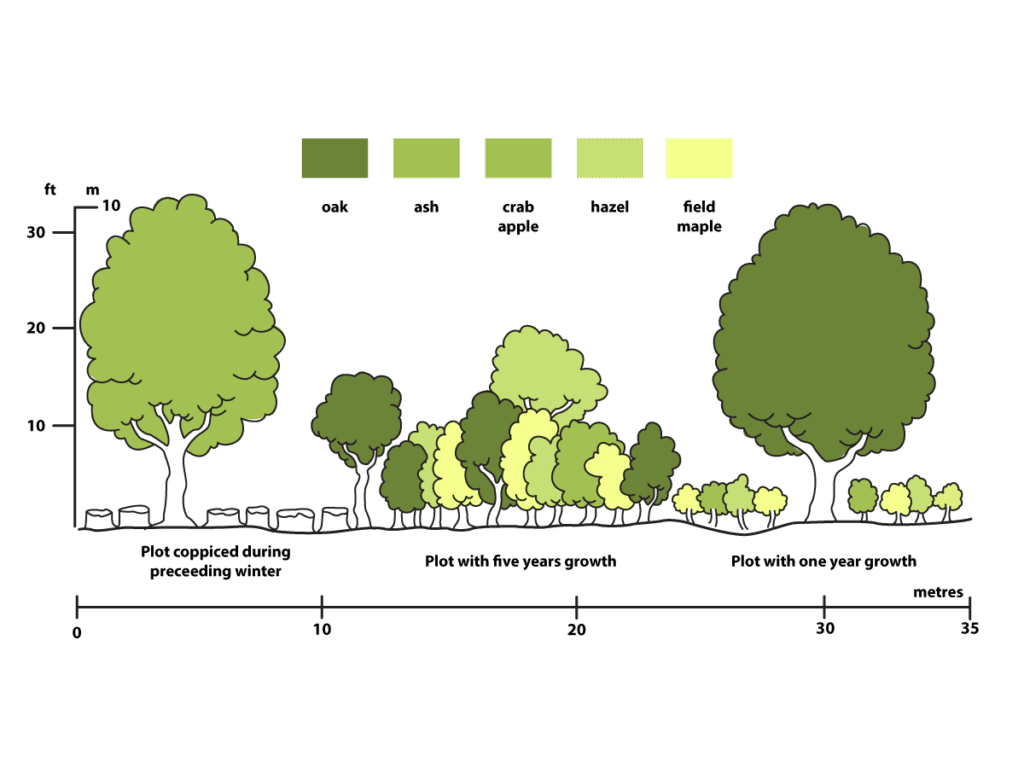
The history of conservation
The first conservationists were amateur naturalists and social reformers such as Gilbert White, the Huxleys and Octavia Hill. They believed that a civilised society should have access to the natural and built heritage and be educated in its importance.
Countryside access lobbies such as the National Trust, RSPB, Ramblers Association and civic amenity societies promoted the cause of free access to nature and open land, along with the need to protect it.
Wildlife societies initially concentrated on listing and protecting rare species, but they quickly developed into the conservation of the habitats that support them. From an early stage, conservation was established as being important for both people and wildlife.
By 1991, 10 of the largest voluntary groups involved in environmental and conservation work had a total membership of 4.3 million.


